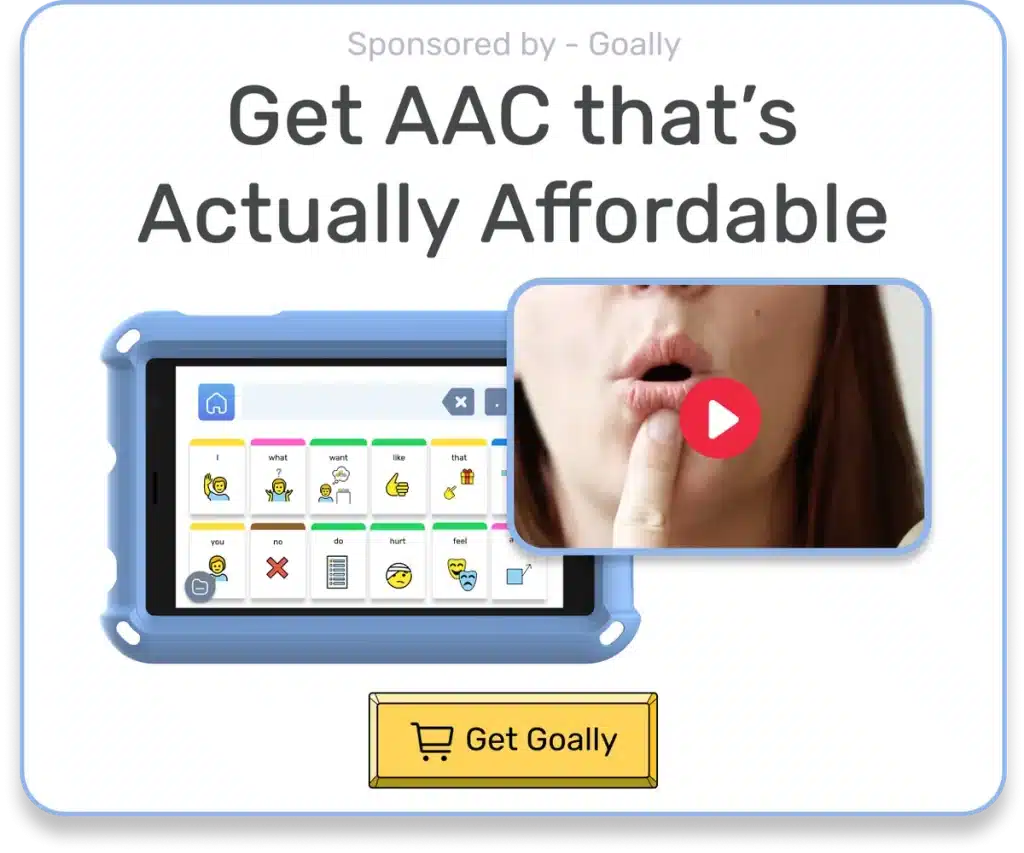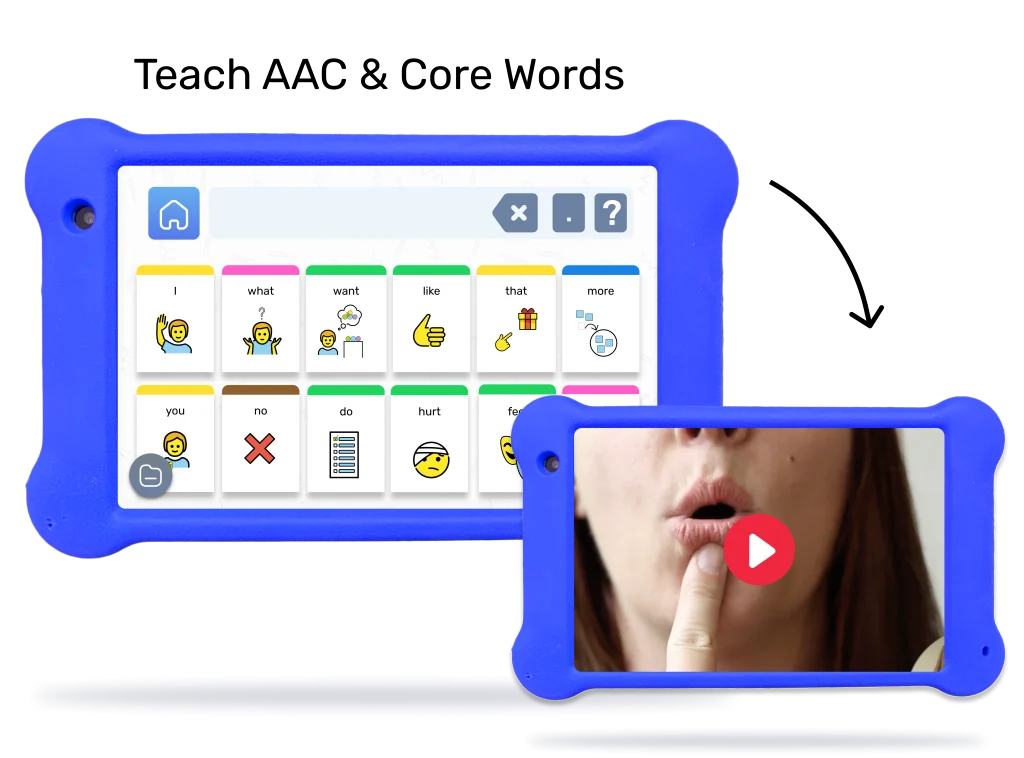Most people assume that kids learn to read when they go to school. However, 2 out of 10 kids enter school with reading skills two to three years lower than expected! As parents, to know how we can best support our kids, especially those with ADHD and Autism. Reading is a crucial milestone in a child’s life that opens up endless possibilities. In this blog post, we’ll discuss key stages in your child’s reading journey and provide helpful tips on how you can nurture their growth along the way. Our goal is simple: empower you with knowledge so you can be your child’s biggest cheerleader as they unlock the magical world of words.
Table of Contents
At What Age Do Kids Learn to Read Letters?
Getting a grip on reading usually starts with letter recognition for kids. This often takes place between ages 3 to 5. However, it’s essential to remember that every child is unique and develops quickly. So, if your little one takes a bit more time, it’s okay! The journey of answering the question “When Do Kids Learn to Read?” isn’t about keeping up with the crowd but embracing your child’s path to learning.
For children with ADHD, understanding the relationship between ADHD and learning to read can add an additional layer. But remember, it’s nothing you can’t handle together! With patience and tailored support, your child can navigate this journey smoothly. Their potential to learn is not defined by ADHD—it’s just one part of their distinctive path to mastering reading.
There are several factors that influence when kids learn to read letters:
- Exposure to Language & Reading at Home – The more opportunities your child has for seeing and hearing words around them, the better!
- Early Education Programs or Preschool Attendance – These settings often introduce children to letter recognition through structured activities.
- Individual Differences in Neurodiversity – Children with ADHD or Autism might need additional support or unique strategies tailored just for them.
As parents, there are many ways you can help your child become familiar with letters:
- Make it fun by pointing out letters in everyday life (e.g., street signs or cereal boxes).
- Sing the alphabet song together while exploring each letter visually.
- Use letter puzzles or games as engaging learning tools.
By incorporating these tips into daily routines and playtime activities, you’re setting up an encouraging environment where learning becomes exciting! Remember, Rome wasn’t built in a day; be patient as they discover this new skill – soon enough, they’ll be ready for the next big step!

At What Age Do Kids Learn to Read Words?
As your child masters letter recognition, they’ll soon move on to reading words. This typically occurs between ages 4-6. Building this skill requires blending individual letters into words using phonics and decoding skills – think of it like assembling a puzzle! For children with ADHD or Autism, this stage might require additional support or tailored strategies.
Here are some tips for nurturing word recognition skills:
- Encourage sounding out unfamiliar words rather than guessing based on context clues. This helps build a strong foundation in phonics.
- Play word games like Scrabble Junior or Hangman for a fun, interactive learning experience.
"We used Goally to bridge the gap our son was having with language. This summer and early fall, we worked really hard on that gap and have almost eliminated the that gap with the use of the Goally!" — Joni B. Learn more →
At What Age Do Kids Learn To Read Sentences Fluently?
Unlocking the ability to quickly read sentences is a significant part of the journey when kids learn to read. Typically, children aged 6 to 8 reach this pivotal milestone. Fluency is crucial as it not only bolsters comprehension but also makes reading an enjoyable experience. Achieving fluency is a gradual process that involves practice, repetition, exposure, and confidence-building.
Navigating the intersection of ADHD and learning to read can feel more challenging. Yet, it’s important to remember that having ADHD means your child’s reading path might be a little different. Your child will read fluently and quickly with the right blend of practice and exposure, coupled with activities that boost their confidence.
For children with ADHD & Autism, here are some tips to promote fluent reading habits:
- Dedicate regular time solely for practicing reading aloud together without distractions. Consistency is key!
- Praise progress along the way; celebrate small victories as they build their fluency muscles.
By following these steps and providing unwavering support when needed most, you’ll help your child become an independent reader who loves diving into books headfirst! Remember that every journey begins with one step (or one word) at a time – keep moving forward together as they unlock the world of reading!

Tips for Parents To Encourage Reading
As parents, your role in helping your child learn to read is invaluable. Maintaining a positive and encouraging environment plays a significant role in their progress. For children with ADHD & Autism, tailored strategies can make all the difference:
- Break Down Tasks Into Smaller Steps – This makes learning more manageable and prevents overwhelm.
- Offer Visual Aids or Hands-On Learning Materials – These tools cater to different learning styles and can be especially helpful for neurodiverse kids.
- Prioritize Consistency and Routine in Reading Practice – Regularity helps reinforce skills.
Additionally, fostering a love of reading through shared experiences like story time or library visits will create lasting memories that your child associates with books. It’s these special moments that turn reading from a chore into an adventure!
Tips for Kids To Read on Their Own
Encouraging independence and confidence in young readers is crucial, especially for those with ADHD & Autism. Here are some suggestions for supporting self-directed reading:
- Provide Access to Various Books Catering to Your Child’s Interests – The more excited they are about the topic, the more likely they’ll want to explore it!
- Allow Kids the Freedom to Choose What They Want to Read (Within Reason) – Giving them autonomy empowers them as readers.
- Create Cozy, Inviting Reading Spaces at Home – A comfortable nook may become their favorite spot for curling up with a new book.
Read More: 9 Read Aloud Books for Kids
By incorporating these tips into daily life, you’ll set your child up not only for success when it comes time for independent reading but also to help nurture lifelong learners who cherish each page-turning experience! Always remember that every step taken towards literacy brings endless opportunities – so keep moving forward together as you unlock the magical world of words.

Goally | Teach Kids AAC & Core Words
Is your child facing challenges in expressing themselves or communicating effectively? Goally’s language apps support their journey in building essential communication skills! All of these apps are included our skill-building tablet made for kids.

The Word Lab and AAC Talker apps provide a simple, engaging platform for your child to learn core words and become a functional communicator right from the start. Customize the experience with a voice that suits them, and watch as their confidence grows in expressing their thoughts and needs!
But we don’t stop there. Our Balloon App helps build the skills needed to use AAC by engaging your child with fun, interactive “pop the balloons” exercises. It’s a game-changer for kids who need that extra boost in communication.
Conclusion
As we wrap up our exploration of the question “when do kids learn to read?”, let’s recap the key takeaways from each section:
- Children typically learn to recognize letters between ages 3-5.
- Reading words usually begins around ages 4-6 as they develop phonics and decoding skills.
- Fluent reading of sentences generally occurs between ages 6-8.
Throughout this journey, your role as a parent is indispensable in guiding them toward becoming an independent reader. By providing an encouraging environment, tailored strategies for ADHD & Autism children, and fostering a love of reading through shared experiences, you play a pivotal part in your child’s literary success.
Remember that with patience, support, and understanding – every child has the potential to unlock the magical world of reading! So embrace each small victory along the way and celebrate their progress as they dive into new adventures one page at a time. Happy reading!
FAQs About When Do Kids Learn To Read
At what age do kids typically start learning to read? Kids usually start learning to read between ages 3 and 5, beginning with letter recognition.
When can kids generally read sentences fluently? Children often achieve reading fluency, that is, smoothly reading sentences, between ages 6 to 8.
How can parents support their kids' journey in learning to read? Parents can support by providing practice, repetition, exposure to words and sentences, and building their child's confidence.
How does having ADHD affect learning to read? Children with ADHD might face additional challenges when learning to read, but they can effectively navigate this journey with tailored support and patience.
What are some helpful tools for aiding kids in learning to read? Visual schedules, emotional regulation apps, and reward systems can be practical tools in aiding children's reading journey.
This post was originally published on 03/28/2023. It was updated on 06/16/2023.

Goally
We help parents teach their kids life skills, like doing bedtime and morning independently. Backed by science, we incorporate evidence-based practices and expert-informed designs in all of our apps and content.





